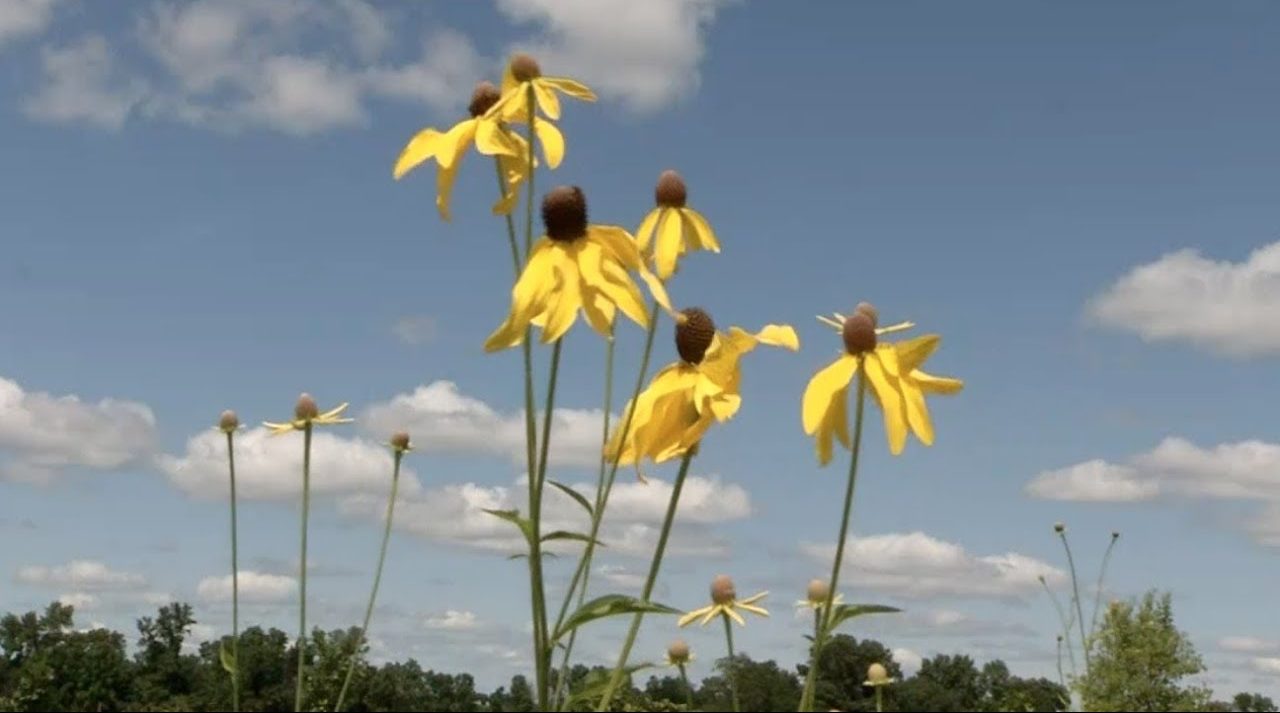Agriculture

Secrets of the prairie
Improving modern-day agriculture by learning from the biological diversity found in natural prairies.
Resilience in prairies is the capacity to absorb and adapt to whatever challenges are thrown at them, while sustaining their essential functions and processes. That resilience is built largely upon two pillars: biological diversity and the size/connectivity of the habitats that biological diversity depends upon. Increased prairie conservation, restoration, and outreach can protect and create more wildlife and pollinator habitat, clean more water, sequester more carbon, and bring more beauty home in the landscaping of our communities.
Natural prairies and prairie restorations are the most diverse ecosystems found on the land. Hundreds of plant and grass varieties are found within each step of the shortgrass and tallgrass prairie flora. Stuart Wagenius, conservation scientist at the Chicago Botanic Garden, researches Echinacea varieties in a research plot located in West Central Minnesota to look at indicators of prairie health.

